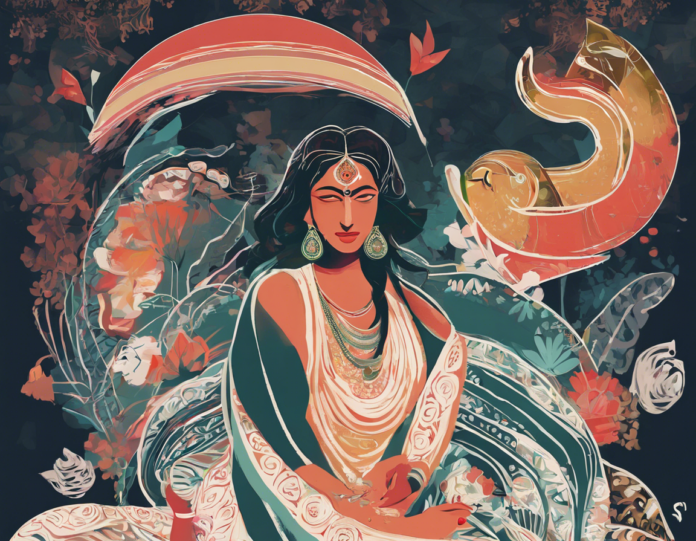Deep within the annals of ancient history lies a civilization that flourished along the banks of the Indus River in what is now present-day Pakistan and northwest India. This enigmatic civilization, known as the Indus Valley Civilization or Sindhu Ghati Sabhyata, thrived for over a thousand years during the Bronze Age, from approximately 3300 BCE to 1300 BCE. Despite its significance and influence, it remains shrouded in mystery, with many aspects of its culture, society, and decline still puzzling historians and archaeologists.
The Origins of the Indus Valley Civilization
The Indus Valley Civilization is one of the world’s oldest urban civilizations, contemporaneous with ancient Egypt and Mesopotamia. Its origins can be traced back to the fertile plains of the Indus River and its tributaries, where early Neolithic farming communities began to settle and cultivate crops around 7000 BCE. Over time, these settlements grew in size and complexity, eventually evolving into sophisticated urban centers.
Urban Planning and Architecture
One of the most remarkable features of the Indus Valley Civilization was its advanced urban planning and architecture. Cities such as Harappa and Mohenjo-Daro boasted well-organized street grids, complex drainage systems, and impressive brick structures. The cities were divided into residential areas, industrial zones, and citadels, suggesting a high level of centralized planning and administration.
Trade and Economy
Evidence suggests that the Indus Valley Civilization was a thriving trading hub, engaging in commerce with Mesopotamia, ancient Iran, and the Arabian Peninsula. The discovery of Indus seals bearing unique symbols and script indicates a sophisticated system of trade and communication. The civilization’s economy was primarily agrarian, with a reliance on crops such as wheat, barley, and cotton.
Social Structure and Religion
The social structure of the Indus Valley Civilization remains a topic of debate among scholars. It is believed that society was hierarchically organized, with distinct social classes and divisions of labor. Religion played a significant role in daily life, as evidenced by the presence of ritual bathing tanks, fire altars, and iconic figurines. The civilization’s religious beliefs and practices, however, remain enigmatic due to the lack of deciphered script.
Decline and Legacy
The decline of the Indus Valley Civilization around 1300 BCE is a subject of ongoing speculation. Theories range from environmental factors such as climate change and ecological degradation to external invasions or internal conflicts. Whatever the cause, the cities of the Indus Valley were gradually abandoned, and the civilization faded into obscurity. Despite its collapse, the legacy of the Indus Valley Civilization endures in the form of its remarkable urban planning, artistic achievements, and technological innovations.
Unraveling the enigma
The study of the Indus Valley Civilization continues to captivate researchers and enthusiasts alike. Recent archaeological excavations, technological advancements in DNA analysis and radiocarbon dating, and interdisciplinary research have shed new light on this ancient culture.
Frequently Asked Questions (FAQs)
Q1: What language did the people of the Indus Valley Civilization speak?
A1: The script of the Indus Valley Civilization remains undeciphered, so the exact language spoken by its inhabitants is unknown.
Q2: What were the major cities of the Indus Valley Civilization?
A2: The major cities were Harappa, Mohenjo-Daro, Dholavira, Kalibangan, and Lothal.
Q3: What technological advancements did the Indus Valley Civilization achieve?
A3: The civilization had advanced techniques in metallurgy, pottery-making, and urban planning.
Q4: Did the Indus Valley Civilization have a writing system?
A4: Yes, the civilization had a unique script that remains undeciphered to this day.
Q5: What were the trade networks of the Indus Valley Civilization?
A5: The civilization engaged in trade with regions such as Mesopotamia, ancient Iran, and the Arabian Peninsula.
In conclusion, the Sindhu Ghati Sabhyata, or the Indus Valley Civilization, stands as a testament to the ingenuity and resilience of ancient human societies. By unraveling its secrets and mysteries, we can gain valuable insights into the complexities of early urban life and the enduring legacy of a civilization lost in the mists of time.
